How to plant balsam in the open field, and what kind of care does a flower need?
Planting balsam outdoors will allow you to admire beautiful flowering giants and small ornamental bushes all summer long. Although some varieties can grow up to two meters in height, all parts of the plant are fragile and delicate. Juicy shoots are easy to break if handled carelessly, the seed pods burst with a slight touch, and the flowers emit sweet droplets that look like tears. Caring for the plant is simple, the main thing is not to break the stems and processes.
Waller's balsam has a wide variety of colors: the petals have up to 20 shades, and the leaves are not only green, but also red or spotted.
Choosing a place for a flower garden
Balsam loves light, but not the scorching midday rays. It is advisable to place the flower bed in an open place, to the north of a tall tree, so that during the hottest hours the plant is protected by the shade from the crown. In order for the flowers to decorate the garden longer, you can grow several bushes in portable flowerpots or hanging baskets and, with the arrival of heat, take the containers to the site. The southern plant does not tolerate cold weather; it can be planted in open ground only in June.
For good development, flowers need planting in fertile, loose soil. If the flower garden is located on heavy soils, make a mound of equal parts of humus, garden soil and sand. To prevent the plants from dying from excessive soil moisture, first cover the earth with expanded clay for drainage, and then make a hill for a flower bed from the prepared soil. Balsam is not capricious, it takes root well on any soil, it does not like only sour soil. The introduction of peat, lime or chalk will help make the Ph reaction neutral.
Think about what kind of plants will inhabit the flower garden. You can use Waller's balsams alone, their half-meter bushes will decorate the flowerbed even when the plants are not blooming. Green, red and variegated leaves grow on thick, spreading shoots, proper care will make their color bright and expressive. Then the buds bloom and flowers of all sorts of shades appear, smooth and double. The background can be the planting of iron-nosed balsam, reaching a height of two meters.
What to plant in a flowerbed in spring?
Waller's balsam is a perennial, but in the open air it does not tolerate severe winters and freezes out. In the fall, take care of spring plantings: dig out a bush with a clod of earth and plant it in a pot. Caring for a flower indoors does not take much time - you only need watering and good lighting. Tall varieties will have to be planted anew every year. You can use 2 methods: sowing seeds and cuttings.
Cuttings can be prepared in any season. Choose a healthy, sturdy shrub and cut off the tops of the shoots up to 10 cm long with three leaves. You can buy a pot of Waller's balsam from a flower shop, put it in a dark place so that the shoots stretch out, and then cut a few cuttings from one bush. Dip the slices in a growth promoter and dip the bottom in water, soil, or wet sand. When the branches release roots, transplant them into separate containers for further development. Make sure the cups have good drainage holes and do not water the seedlings too much. Give them proper care and they will grow into mature bushes in early summer.
The spring frosts have ended, the planting of balsam in the open ground begins. Water the seedlings and cuttings a few hours before transplanting so that the soil in the cups is well moistened.Make the holes no closer than 30 cm apart, put some humus on the bottom and spill it with water. When planting, gently spread the roots of the seedlings, bury the holes and lightly tamp the soil. If you don't want to constantly loosen the soil and fight weeds, cover the surface of the flower bed with a layer of mulch at least 5 cm thick, and caring for the flower garden will become quite simple.
Growing seedlings from seeds
If you want to harvest seeds, don't let them overripe. At the end of August, bolls appear in place of wilted flowers. Pluck them off while the hemicarps are dry. It is not for nothing that Waller's balsam received one of the names of "touchy": its boxes burst at the slightest touch and scatter grains on the ground. Remove the achenes to a dry place and wait until they are fully ripe. When the box opens when touched - the seeds are ripe, put them in paper bags and put them in a cool dry place
Small grains of Waller's balsam are very tenacious. If you have last year's stocks, sow them without fear, with proper storage, germination is not lost up to 8 years. Planting begins in January: first, the seed is etched for 10 minutes in a light pink solution of potassium permanganate, and then kept in a growth stimulator for several hours. Scatter the seeds over moistened flower seedling soil, lightly sprinkle with sand on top. Cover the container with glass or foil and place in a warm place with a temperature of at least + 20⁰. No special care of the crops is required, just open them every day for a few minutes to ventilate and moisten the soil if necessary.
Advice
Before sowing, warm the soil in a double boiler and sprinkle with fungicides to destroy pathogens and pest larvae.
After two weeks, shoots will appear, and the container will need to be opened and placed in a well-lit place. When 2 true leaves develop, make a dive into cups no more than 10 cm in diameter.After 7 leaves appear, pinch the top so that the side shoots begin to develop. In May, the seedlings need to be prepared for outdoor life. In the daytime, take it out into the open air, after a while leave it there on warm nights. When the spring frosts pass, you can move the seedlings into open ground. Planting in a flower garden is carried out in the same way as when propagating by cuttings.
Flower garden care
If you want to see a beautiful bloom - do not forget about proper care. Water the flowerbed in time: in case of drought, the balsam will drop its buds, and you will admire only lush greenery. Overflowing is also undesirable: roots can rot. The best time for this procedure is in the evening, after sunset. On a cool night, moisture will not actively evaporate and will saturate the soil well.
Bushes need good nutrition. 2 times a month, you need to feed with a complex fertilizer, in which nitrogen, phosphorus and potassium must be present. If you keep the dug bush on the windowsill in winter, you do not need to feed it in the cold season; only watering is involved in caring for the plant. The only exception is: if a potted flower starts to bud, fertilize it every 2 weeks.
If you did not pinch the top when growing in pots, do it when the balsam has taken root and takes root in the flower bed. The shoots will not stretch up, the bush will become more lush, and the root system will develop better. Remember to prune wilted buds to encourage further flowering.
Problems with growing balsam
Proper care helps the plants fight parasites on their own, but still periodically inspect the bushes, look for pests attacked them:
- aphid;
- whitefly;
- spider mite.
If insects are noticed in time, you can do without chemical control agents. Wash the stems and leaves with a sponge dipped in a solution of laundry soap and sprinkle with infusions of wormwood, calendula, yarrow or garlic.With large lesions, you will have to use insecticides.
If you find brown spots or gray bloom on the leaves, the balsam has become infected with a gray rot fungus. Usually, this disease occurs with excessive soil moisture, try not to overdo it with watering. Remove all diseased parts of the plant, treat the sections with chopped charcoal and spray the affected bush and all adjacent flowers with fungicides.
If the leaves change color, deform, crack, the bushes become infected with the mosaic virus. Insects are the most common infections. For prevention, treat plants with insecticides, remove damaged leaves and provide flowers with good care.
Do not ignore other requests from balsam for help.
- The buds fall off - the plant is hot, you need to shade it and spray it with water.
- Colored spots on variegated leaves lose their brightness - the flower does not have enough light.
- The shoots are stretched, the leaves turn pale and become small, flowering is delayed - a lack of nutritional components, the balsam needs feeding.
- Bushes do not bloom - soil is too dry, increase the intensity and frequency of watering.
- Buds do not appear for a long time - the soil is oversaturated with nitrogen, transplant the bush to another place and reduce feeding.
So, balsam is a perennial, but in the open field it dies in frosty winters. If in the fall the undersized varieties are transplanted into pots and carried away to winter in an apartment, it will not be necessary to grow new plants every year. It is most convenient to propagate a flower by cuttings, which need to be grown in cups and transplanted into open ground in the spring. It is possible to grow seedlings from seeds, but this is a more laborious method.
Caring for balsam in the open field includes timely watering and feeding. The flower is unpretentious, afraid only of cold weather and extreme heat. Insects not only damage bushes, but also serve as carriers of infection. An ornamental plant asks you for very little attention, and in return will decorate all corners of the garden with bright inflorescences.
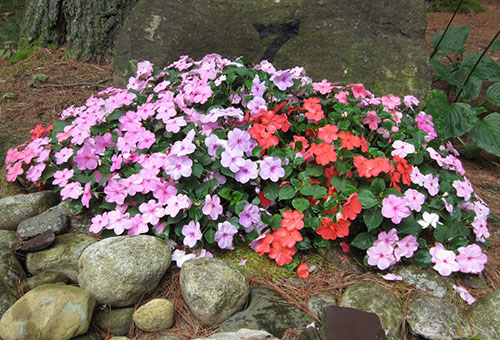
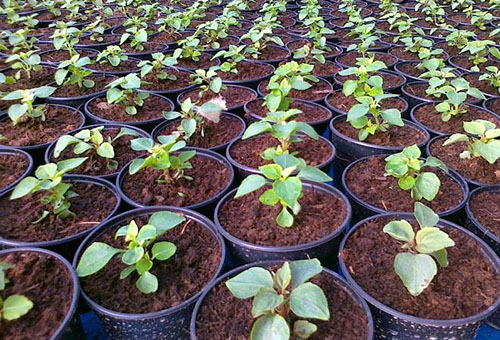


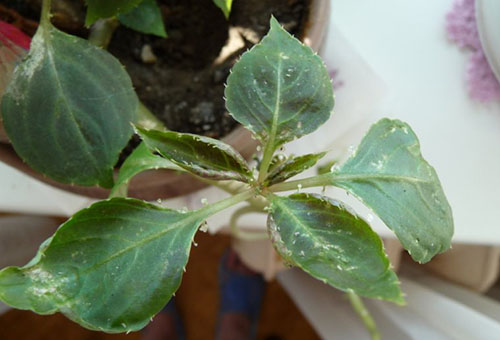
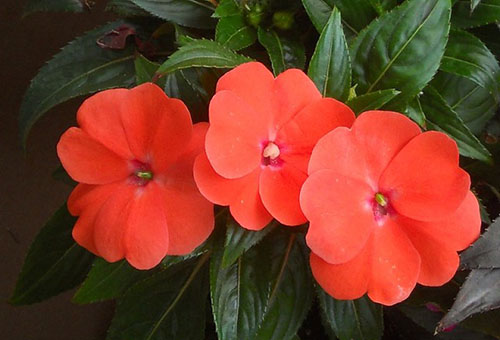

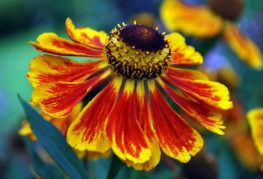


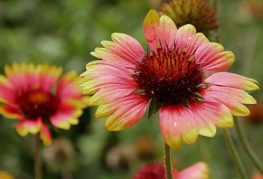
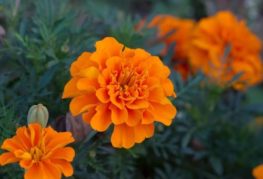
and will be published shortly.